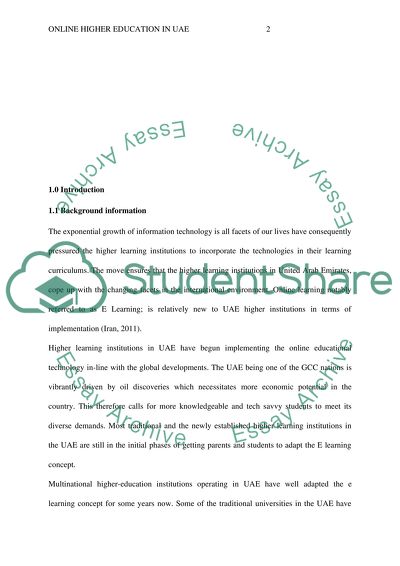Cite this document
(“Online Higher Education In UAE Essay Example | Topics and Well Written Essays - 3000 words”, n.d.)
Retrieved from https://studentshare.org/education/1700856-online-higher-education-in-uae
Retrieved from https://studentshare.org/education/1700856-online-higher-education-in-uae
(Online Higher Education In UAE Essay Example | Topics and Well Written Essays - 3000 Words)
https://studentshare.org/education/1700856-online-higher-education-in-uae.
https://studentshare.org/education/1700856-online-higher-education-in-uae.
“Online Higher Education In UAE Essay Example | Topics and Well Written Essays - 3000 Words”, n.d. https://studentshare.org/education/1700856-online-higher-education-in-uae.


